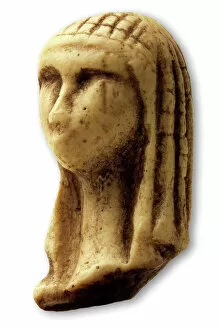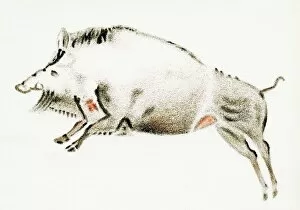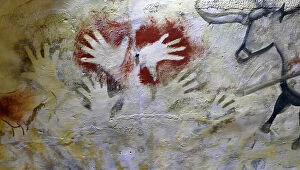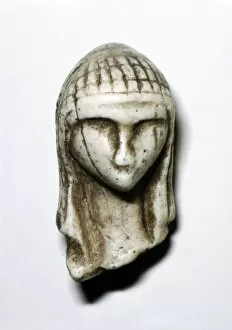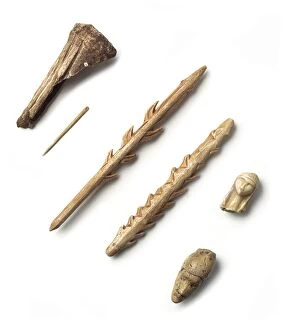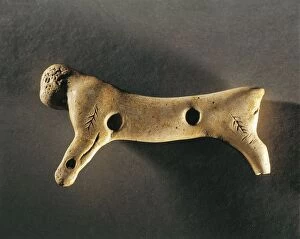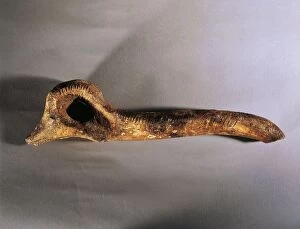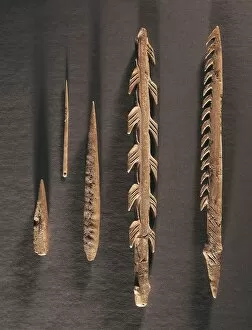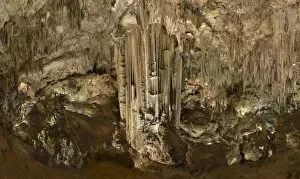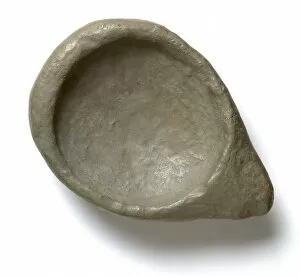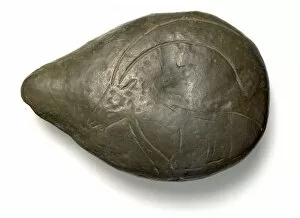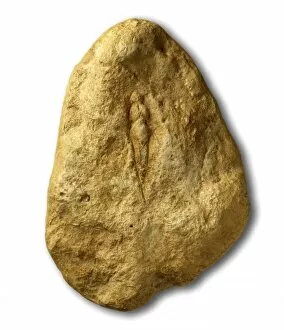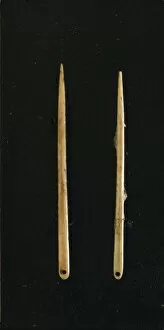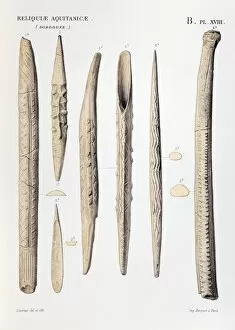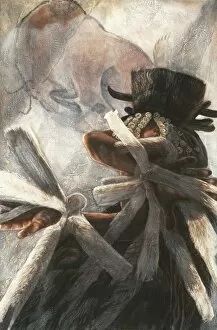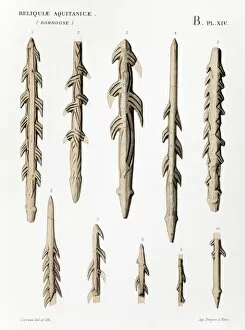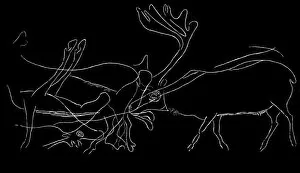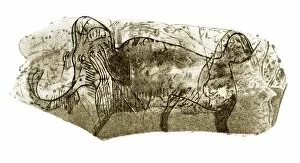Upper Paleolithic Collection
The Upper Paleolithic era, spanning from approximately 50, 000 to 10, 000 BC, was a time of remarkable artistic expression and cultural development
All Professionally Made to Order for Quick Shipping
The Upper Paleolithic era, spanning from approximately 50, 000 to 10, 000 BC, was a time of remarkable artistic expression and cultural development. This period witnessed the creation of awe-inspiring artworks that continue to captivate us today. One such masterpiece is the Venus of Brassempouy, a small ivory figurine depicting a woman's face. Crafted with intricate detail and precision, this artifact offers a glimpse into the aesthetic sensibilities of our ancient ancestors. Cave paintings also played an integral role in Upper Paleolithic art. The depiction of a boar on cave walls showcases the skillful use of pigments and natural materials by early humans. These paintings not only served as visual narratives but also reflected their deep connection with nature. Horses were another popular subject in these prehistoric artworks. The Paintings Hall in Pech-Merle Cave, France features stunning depictions of horses that highlight the artist's keen observation skills and ability to capture movement with minimalistic strokes. In addition to artwork, archaeological discoveries shed light on human evolution during this period. The Aurignacian Skeleton known as "The Fossil Man of Menton" found at Balzi Rossi Caves provides valuable insights into our ancestral lineage from 43, 000 to 37, 000 years ago. Rock paintings like those found at Altamira Caves offer glimpses into daily life during the Upper Paleolithic era. A copy depicting a stag belling demonstrates both artistic talent and an intimate understanding of animal behavior. Tools used by our ancient ancestors were equally impressive. Staghorn harpoons discovered in Urdax Caves showcase innovative design elements such as double rows of teeth and circular sections for enhanced functionality in hunting activities. Female Head from Brassempovy is yet another testament to the craftsmanship prevalent during this era. Carved out meticulously using ivory or bone material, it exemplifies how early humans explored different mediums for artistic expression.

